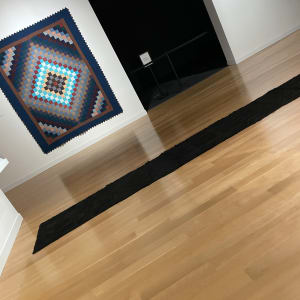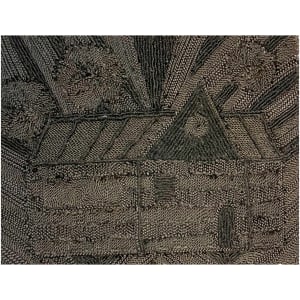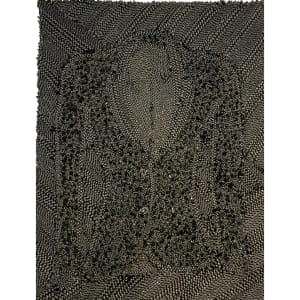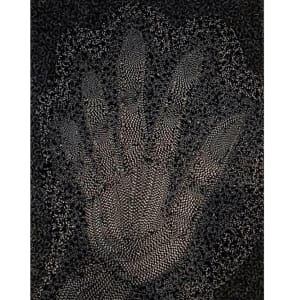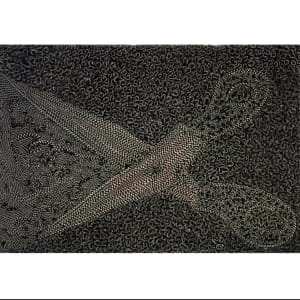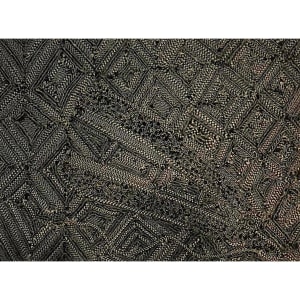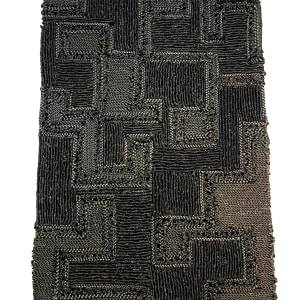Subtle Oppression is composed of natural braiding hair and twists, mounted on felt, and bonded with black glue. Each panel consists of a unique symbol that represents African American culture. This work of art is inspired by frustrations I’ve experienced when confronted about my hair texture and choice of styles. The piece is meant for you to experience those same feelings as just that, subtle. Underground Railroad patterns, such as the “Shoofly’ and the “Crossroad”, were styled into women’s hair, and served as hidden gems for safety and refuge. I created other symbols such as a suit coat and house as it relates to the present-day crisis of socioeconomic disadvantages amongst African Americans. Whether it is my speech or my hair, it is my heritage; neither of which can be changed. The panels are placed at the front of the gallery because I want to force the viewer to have an opinion about the symbols and walking across them is to undeniably participate in a subtle oppression.


